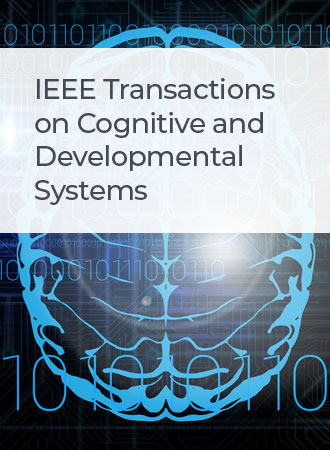Compressed Video Anomaly Detection of Human Behavior Based on Abnormal Region Determination
IF 4.9
3区 计算机科学
Q1 COMPUTER SCIENCE, ARTIFICIAL INTELLIGENCE
IEEE Transactions on Cognitive and Developmental Systems
Pub Date : 2024-02-20
DOI:10.1109/TCDS.2024.3367493
引用次数: 0
Abstract
Video anomaly detection has a wide range of applications in video monitoring-related scenarios. The existing image-domain-based anomaly detection algorithms usually require completely decoding the received videos, complex information extraction, and network structure, which makes them difficult to be implemented directly. In this article, we focus on anomaly detection directly for compressed videos. The compressed videos need not be fully decoded and auxiliary information can be obtained directly, which have low computational complexity. We propose a compressed video anomaly detection algorithm based on accurate abnormal region determination (ARD-VAD), which is suitable to be deployed on edge servers. First, to ensure the overall low complexity and save storage space, we sparsely sample the prior knowledge of I-frame representing the appearance information and motion vector (MV) representing the motion information from compressed videos. Based on the sampled information, a two-branch network structure, which consists of MV reconstruction branch and future I-frame prediction branch, is designed. Specifically, the two branches are connected by an attention network based on the MV residuals to guide the prediction network to focus on the abnormal regions. Furthermore, to emphasize the abnormal regions, we develop an adaptive sensing of abnormal regions determination module based on motion intensity represented by the second derivative of MV. This module can enhance the difference of the real anomaly region between the generated frame and the current frame. The experiments show that our algorithm can achieve a good balance between performance and complexity.基于异常区域判定的人类行为压缩视频异常检测
视频异常检测在视频监控相关场景中有着广泛的应用。现有的基于图像域的异常检测算法通常需要对接收到的视频进行完全解码、复杂的信息提取和网络结构,因此难以直接实现。在本文中,我们将重点关注直接针对压缩视频的异常检测。压缩视频无需完全解码,可直接获取辅助信息,计算复杂度低。我们提出了一种基于精确异常区域判定(ARD-VAD)的压缩视频异常检测算法,适合部署在边缘服务器上。首先,为了确保整体的低复杂度并节省存储空间,我们对压缩视频中代表外观信息的 I 帧和代表运动信息的运动矢量(MV)的先验知识进行稀疏采样。根据采样信息,我们设计了一个由 MV 重建分支和未来 I 帧预测分支组成的双分支网络结构。具体来说,这两个分支由一个基于 MV 残差的注意力网络连接,以引导预测网络关注异常区域。此外,为了突出异常区域,我们开发了一个基于 MV 二次导数所代表的运动强度的自适应异常区域感知确定模块。该模块可以增强生成帧与当前帧之间真实异常区域的差异。实验表明,我们的算法可以在性能和复杂性之间取得良好的平衡。
本文章由计算机程序翻译,如有差异,请以英文原文为准。
求助全文
约1分钟内获得全文
求助全文
来源期刊

IEEE Transactions on Cognitive and Developmental Systems
Computer Science-Software
CiteScore
7.20
自引率
10.00%
发文量
170
期刊介绍:
The IEEE Transactions on Cognitive and Developmental Systems (TCDS) focuses on advances in the study of development and cognition in natural (humans, animals) and artificial (robots, agents) systems. It welcomes contributions from multiple related disciplines including cognitive systems, cognitive robotics, developmental and epigenetic robotics, autonomous and evolutionary robotics, social structures, multi-agent and artificial life systems, computational neuroscience, and developmental psychology. Articles on theoretical, computational, application-oriented, and experimental studies as well as reviews in these areas are considered.
 求助内容:
求助内容: 应助结果提醒方式:
应助结果提醒方式:


